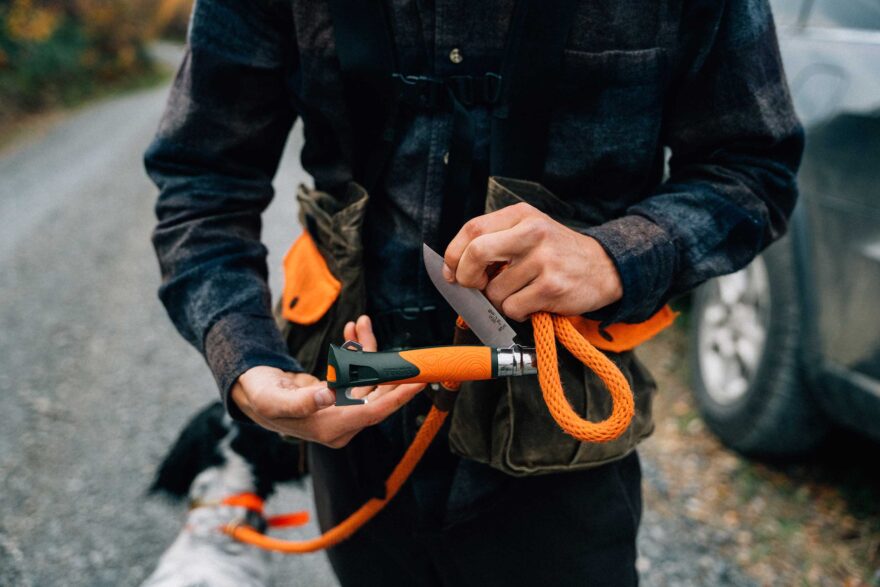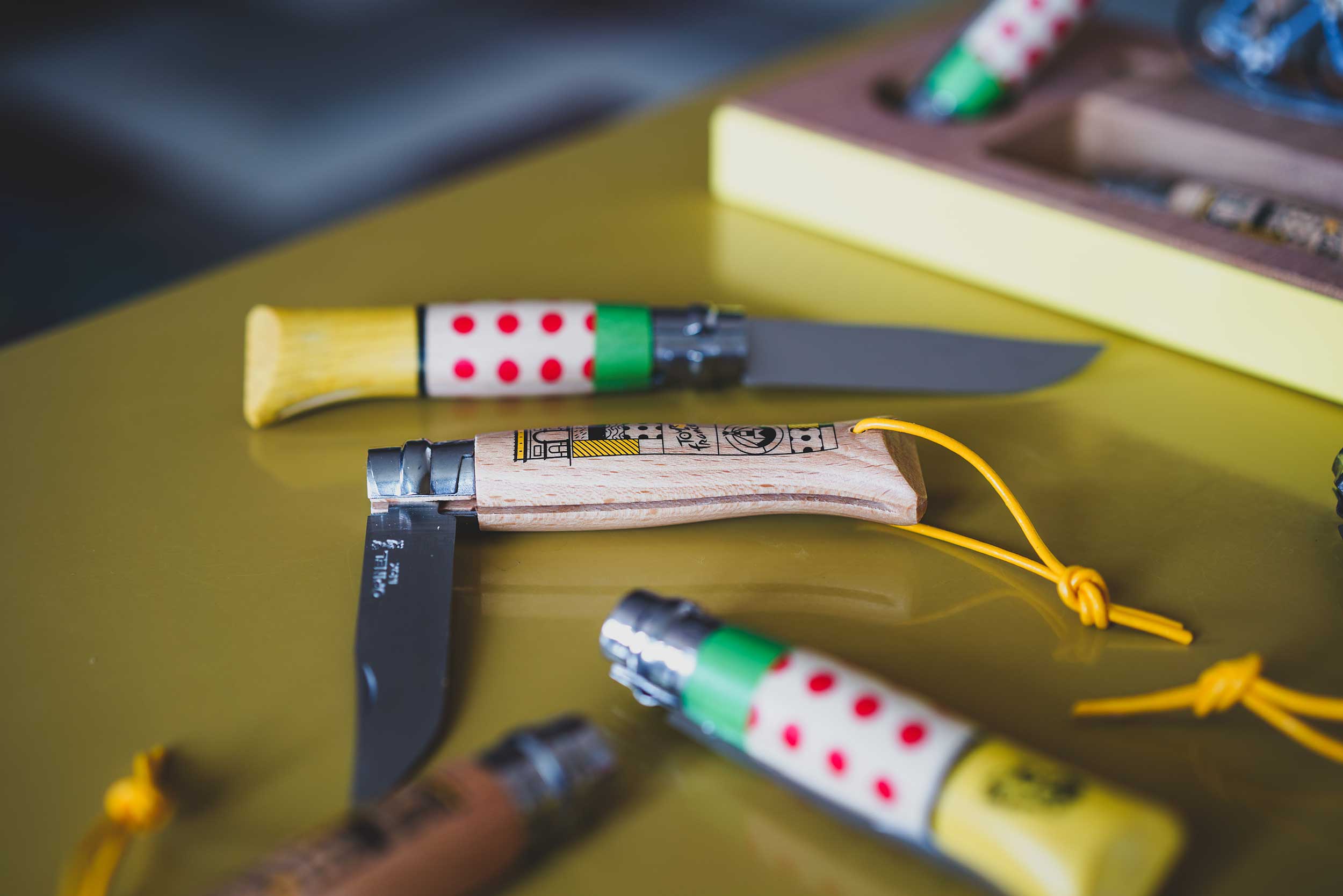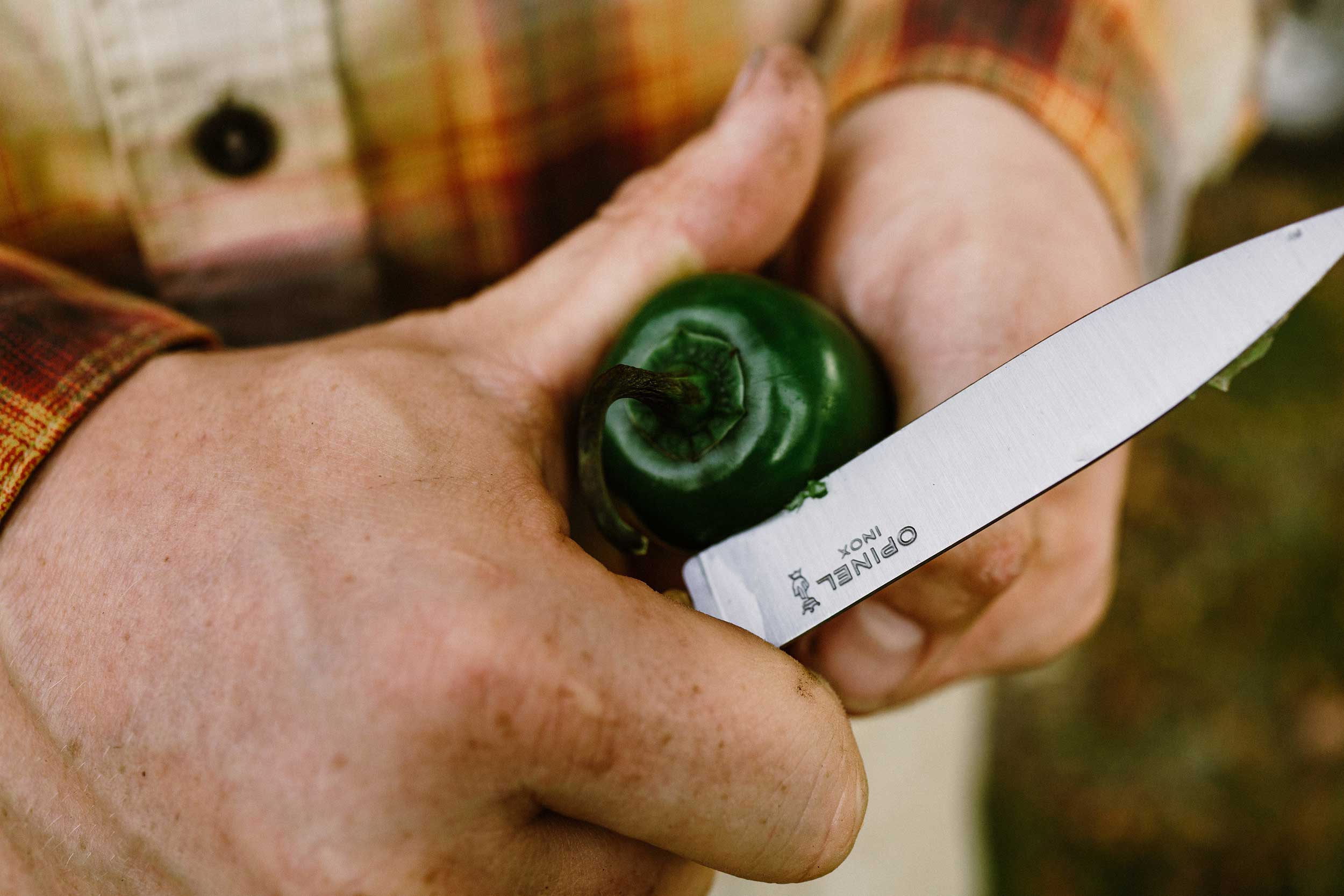
Image courtesy of Opinel
ActionHub and its parent company were paid a fee to publish this article unedited. The views or opinions expressed here are those of the author and may not reflect those of ActionHub or any of its affiliates.
Knives are essential tools for hikers, backpackers, and trail runners, offering more than just cutting utility in the backcountry. Whether you need to prepare food, build a shelter, or handle emergency situations, mastering knife skills is critical for anyone spending time in nature. With the right techniques and an exceptional knife, like an Opinel, you can improve your safety, efficiency, and self-reliance in the wild. Let’s explore the key knife skills every hiker should know to stay prepared and well-equipped during outdoor adventures.
Choosing the Right Knife for the Backcountry
The first step in mastering knife skills is selecting the right blade. The options available, such as folding knives, fixed-blade knives, and multitools, can be overwhelming. For hikers, finding a balance between durability, weight, and versatility is crucial. A folding knife, like the popular Opinel, offers a distinct combination of convenience and cutting power, making it an excellent choice for outdoor enthusiasts.
When choosing a knife, pay attention to the type of blade material. Stainless steel blades, for example, resist corrosion, while carbon steel offers better edge retention but may require more maintenance. The size and shape of the blade also matter. For most hikers, a 3- to 4-inch blade is an optimal size for handling various tasks like cutting rope, food prep, and minor first-aid needs. The lightweight and efficient design of an Opinel knife makes it a top choice for backcountry adventures.

Image courtesy of Opinel
Knife Safety: Essential Tips for Handling and Maintenance
Mastering knife safety is just as important as choosing the right tool. Improper handling can lead to serious injuries, especially in the backcountry, where medical help may be far away. One fundamental rule is always to cut away from your body to avoid accidents. Additionally, a secure grip is essential for maintaining control, even in wet or challenging conditions. Many hikers prefer knives with textured or rubberized handles that provide better grip stability. Knife maintenance is another crucial skill to learn. A dull blade is more dangerous than a sharp one, as it requires more force and can slip easily. Regularly sharpening your knife ensures it remains effective and safe to use. Most folding knives, like the Opinel, are designed for easy maintenance and sharpening, making them an excellent, low-maintenance option for hikers. Don’t forget to clean and oil your knife after each use to extend its lifespan and maintain optimal performance.
Building a Fire with Your Knife: Feather Sticks and Firestarters
One of the most practical backcountry knife skills is learning how to build a fire, especially in survival situations. Feather sticks are a time-tested technique to help start a fire with damp or wet wood. To create a feather stick, carefully shave thin, curled wood pieces from a dry stick using controlled, steady strokes. The finer the curls, the easier it will be to ignite them with a spark. An Opinel knife’s sharp blade makes this task efficient and safe. In addition to feather sticks, you can use your knife to scrape magnesium from a fire starter or strike a ferrocerium rod to produce sparks. These survival skills are indispensable for hikers and trail runners who may face unexpected weather changes or find themselves in need of warmth or a way to cook food. Always carry reliable fire-starting materials in your gear, along with your knife, to stay prepared for any situation.
Food Preparation: How to Use Your Knife for Cooking
A knife’s versatility extends far beyond survival skills, it’s also a critical tool for preparing food during hikes and camping trips. Whether you’re slicing vegetables, cutting cheese, or preparing meat, a quality knife like the Opinel can make meal prep more efficient and enjoyable in the backcountry. When using your knife for food preparation, it’s important to ensure the blade is clean to avoid contamination. Always sanitize your knife after handling raw meat or fish and use it on a stable surface to prevent accidents. A folding knife with a locking mechanism, like the Opinel, ensures that the blade stays securely in place, adding an extra layer of safety when performing these tasks. Mastering these simple cooking techniques with a knife will enhance your outdoor dining experience and keep you well-fuelled for your adventures.

Image courtesy of Opinel
Emergency Situations: First Aid and Survival
Your knife is more than a tool for convenience, it’s an essential part of your emergency gear. In survival or first-aid situations, a knife can be a lifesaver. One key skill to master is using your knife to cut bandages or fabric for makeshift splints. Additionally, a knife can be used to carefully remove thorns, splinters, or even stingers from insect bites. In extreme situations, such as when someone is caught in rope or tangled gear, a sharp knife like an Opinel can be used to free them quickly and safely. It’s crucial to remain calm and use steady, controlled movements when cutting in emergency situations. By understanding how to use your knife in critical moments, you’ll be better equipped to handle unexpected challenges on the trail.
Knife Sharpening Techniques for Long-Term Use
Maintaining a sharp knife is essential for its effectiveness and safety in the backcountry. Learning how to sharpen your knife properly is a skill that will serve you well on any hike. There are several sharpening tools available, including sharpening stones, honing rods, and pocket sharpeners, all of which are easy to carry in your pack. To sharpen your knife, start by holding the blade at the correct angle, typically around 20 degrees, and gently run it across the sharpening tool in a consistent motion. The goal is to remove a small amount of metal to create a new edge. A dull blade requires more sharpening strokes, while a regularly maintained knife, like an Opinel, only needs light honing to stay in peak condition. Regularly checking and sharpening your knife before and after each trip ensures it’s always ready for use in the backcountry.
Staying Prepared with the Right Knife Skills
Mastering backcountry knife skills is essential for hikers, backpackers, and trail runners. From safety tips and fire-building techniques to food preparation and emergency situations, knowing how to use your knife effectively can significantly enhance your outdoor experience. A high-quality knife like the Opinel is an excellent tool that can make all the difference in the wilderness. By honing these skills and choosing the right knife, you’ll be better prepared for whatever challenges the backcountry throws your way.
 Your Privacy Choices
Your Privacy Choices
 The
The